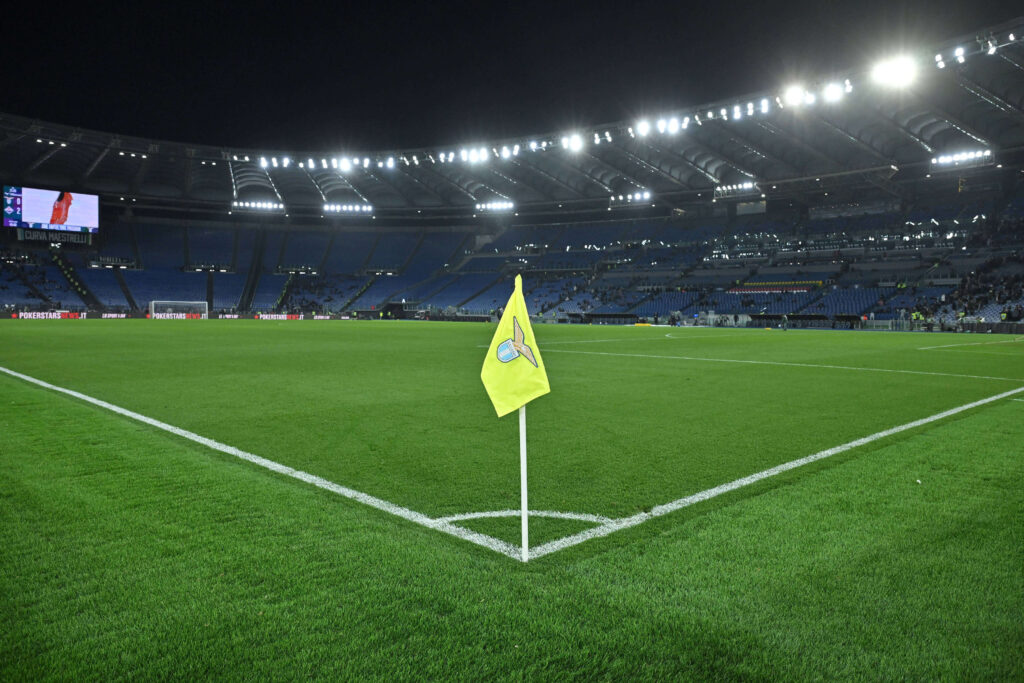A football team’s performance is shown by three stats: possession, passing accuracy, and on-target shots. These metrics help evaluate efficiency in matches. They provide context about the game, revealing a team’s tactical approach. For instance, possession shows who controls the game. Passing accuracy shows how well players work together. Overall, these stats highlight a team’s ability to regain possession and create offense.
On the other hand, Shots on target tell how well a team is likely to score in the event they get a chance to have a precise shot at goal. Using Sofascore’s stats, analysts and fans can interpret them. They can try to find patterns in what the numbers say about a team. They can also see how the stats connect to the results of the team and the match.
Possession
Possession is a ratio obtained from a soccer match and means the amount of time a team dominates the ball. High possession means that a team intends to be in control of play and take time to reduce the chances of the opponents probing into the same. For example in a recent Champions League match between Feyenoord and Bayern on January 22, 2025, Bayern was able to control the match possession. They had an impressive 80% of the ball in their possession.
However, having more possession does not necessarily mean winning the game. Bayern lost that match 3:0! The reality is that taking possession depends on how well a team uses the chances that come with it. One issue is that teams must find the right mix. They need to keep the ball and get into positions to score.

Pass Success Percentage
Pass success percentage shows a team’s passing efficiency. It is the ratio of successful passes to attempted passes. A higher success rate of passes means that the team is technically strong and is in synergy. In that same Feyenoord vs. Bayern match, Bayern had a high pass accuracy, as they were able to finish most of the passes. Thus, this precision in passing allowed them to control and build up the game and create attacks.
A high pass success rate shows technical skill. But, these passes must go toward the opponent’s goal. Note, therefore, that, in addition to accuracy, place passing should be progressive. It should create chances to score goals.
Shots on Target
Shots on target are such attempts hit to the goal that a shot would have scored if the goalkeeper was not in position. In fact, this metric is the most accurate portrayal of a team’s ability to advance in the game. If we analyze Feyenoord vs. Bayern match further, Bayern had only six shots on target. If we know that those six on target shots came from 30 total shots, we see that they lacked accuracy.
So, it is not just the number of shots but rather the quality of those shots that are important. As a result, teams need to concentrate on the generation of promising opportunities that are difficult to repel by a goalkeeper.

Interplay Between Metrics
The connection between possession, pass success percentage, and shots on target are interlocking. When possession is high together with pass success rate high, the team creates more shots on target provided the team is creative. Some matches show that a team can have the ball and high pass accuracy, but not create good attacks with it. Just ask Bayern football players.
In addition to keeping the ball and passing well, these actions must create strong offensive chances. Teams must focus on the vertical dimension. They must design sectors where ball possession and passing invite shooting at goal.
Alternative Strategies: Success Beyond Traditional Metrics
When assessing a football team, we often check its stats. We look at possession, pass completion rates, and on-target shots. Some teams use strategies that defy these efficiency measures.
For example, the match that was played between Liverpool and Nottingham Forest on January 14 2025, resulted in a draw at 1:1. Nuno Espírito Santo and Nottingham Forest’s well-structured defense, combined with quick counter-attacks, ensured they earned what must be considered a point against the league leaders. This approach shows it is possible to control a game and win without owning the ball. A team’s stats are key indicators.
This proves that even traditional numbers aren’t enough to show football success. It’s more like a business play. Whether it be an unwillingness to possess the ball or an unusual system of play, teams prosper by doing certain things. This emphasizes the need to prepare for the unexpected. It’s possible that having a few unique skills is just as advantageous as performing well across the board.
Conclusion
For possessive, pass success rate, and Shots on Target are fundamental in football, their usefulness receives meaning once and when they are used to shape the game. The teams must not ignore these stats. Their dominance should boost their offense and scoring. The game orientation implies that control, precision, and intent must unite to succeed on the football field.
